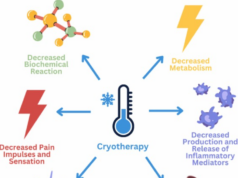Liposuction, aka lipoplasty is one of the most sought-after cosmetic procedures globally. The minimally invasive procedure helps to remove fat accumulations in our body, which we find undesirable. Many of us desire to have a perfectly shaped body. Some are genetically blessed with such a body, but the rest of us need to take extra measures to achieve it.
The rise in liposuction’s popularity in the era of gyms and diet plans:
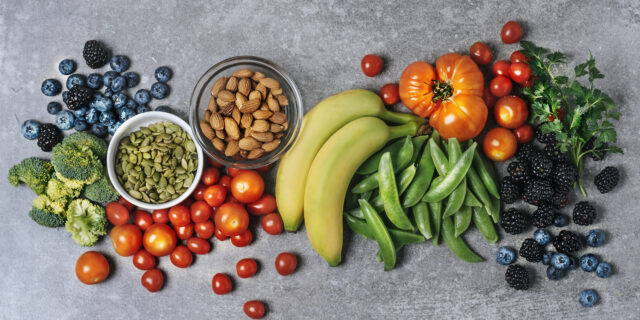
The gyms are overflowing with enthusiastic fitness freaks. There are numerous health supplements in the market. Routine workouts coupled with a strict diet aid in weight loss. Despite shedding sweat a pounds, we are left with fat accumulations in our body. How do we give a smoother finish to our bodies? – Liposuction is the answer to your woes.
You can’t really consider it your last resort. The procedure aids in getting rid of unwanted fat that diets and workouts can’t help with. It is the best solution for serious people about losing weight and religiously following their diet and workout plan. It isn’t meant for those you are over-weight and want a quick-fix solution to shed extra pounds.
Liposuction’s transition to a revolutionized approach from a bumpy history:
The first case of liposuction was performed in 1920 and ever since then there have been many drastic technological improvements. During the initial days, this procedure left a person with bruised skin, damaged fat, which couldn’t be reused again, internal scarring, and irregularities in the final result. Laser techniques were an improvisation, but the s fat was still damaged.
Inclination towards modern liposuction techniques:
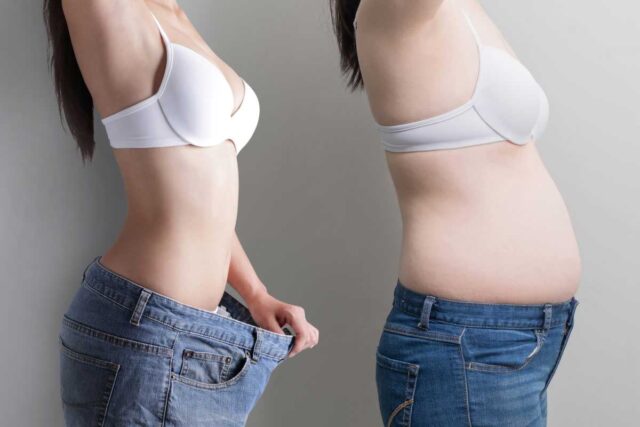
The fat-removal techniques used today are highly advanced, deliver excellent aesthetic results, and have fewer side effects. There aren’t issues like sagging skin or scarring. If you are considering liposuction for fat-removal, get it done with an experienced physician for the best results. Visit www.phoenixliposuction.com and schedule a virtual consultation.
Basic differences between traditional and modern liposuction techniques:
- Traditional methods use larger tubes than modern liposculpture techniques to eliminate fat.
- General and local anesthesia is administered in combination with traditional liposuction, while only local anesthesia is used in liposculpture, thus reducing patient downtime.
- More fat can be removed in traditional liposuction – up to 14 pounds while with liposculpture, you lose a maximum of 4 pounds.
- Liposculpture adds more definition and shape to the body and is a more precise solution
Traditional liposuction procedure:
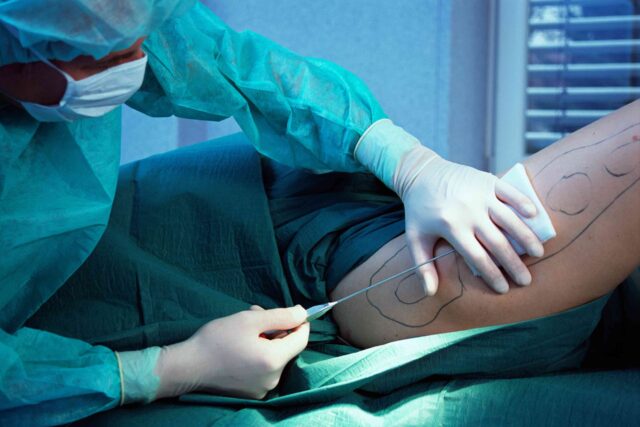
- The anesthetist administers general/ local anesthesia
- The liposuction specialist makes small incisions where fat removal is required
- A numbing solution is injected into the fat
- A long tube (cannula) is inserted through the incisions to suction out the fat after breaking the fat apart.
The fat tissues are scraped and then suctioned out, which is the reason for irregularities in the skin, bleeding, and pain post-procedure. This way of the procedure is, however, effective when you are planning to remove more fat.
Modern liposuction procedures:
There are many advanced procedures available that are less-invasive and involve less recovery time. The procedures make use of the tumescent technique. A solution is mixed to the local anesthesia and administered to the site of fat removal. The solution makes the skin become firmer and causes the blood vessels to shrink temporarily.
This accounts for the reduced swelling and pain after the procedure. An incision is made, and a small tube is inserted into it to suction out the fat. The use of local anesthesia brings down the risk of complications. The following are some of the popular new techniques used.
- Ultrasonic: Ultrasound and ultrasonic waves are used to liquefy fat cells before suctioning them out. During the fat breaking process, the surrounding nerves remain unperturbed, and a large area of fat is targeted. It guarantees the precise removal of fat and tighter skin.
- RF energy: Radiofrequency waves are used to remove fat cells. These waves are directed towards the fat cells using electrodes to liquefy the fat before removing it. There are low chances of bruising and infection with this procedure.
- Water-assisted: This method uses water to liquefy fat and skips the lengthy fat infiltration process involved in traditional procedures.
Many surgeons combine a couple of modern techniques depending on the patient’s body requirements to deliver more satisfactory results. To aid in healing, IV fluids are injected into the patient about five days before the procedure. All modern techniques require similar post-procedure follow-up care measures.
Follow-up instructions:
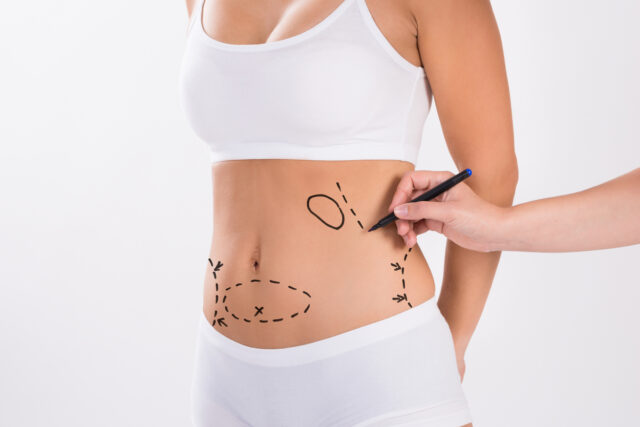
- Wear compression garments for about two weeks post-procedure
- Lymphatic massage
- IV therapy
- LED therapy
Unlike traditional techniques where you have to wait for a minimum of 8 months for complete healing, modern techniques involve shorter recovery time. This helps the patients get back to their other chores in a short duration.
Reasons to opt for modern techniques:
- Versatile: The procedure doesn’t focus on treating only one specific body part. It can be done in various body parts to eliminate fat.
- Better skin-tightening: Though traditional techniques help with fat-removal, the results aren’t always aesthetically appealing due to the mechanical methods used in fat extraction. These modern techniques don’t employ mechanical methods. The resulting skin is tighter.
- Long-lasting: Unlike traditional techniques that deliver temporary results and require frequent maintenance treatments, this is a more permanent solution if you continue to follow a healthy diet and exercise regularly.
- Fast result: You can expect to see results after a week of the procedure. The final result can be seen after 4 to 6 months.
The choice of procedure depends on how much fat you want to remove. If you are just looking to reshape and tighten a specific part of your body, liposculpture works great while if you want to treat more areas and remove more fat, liposuction is ideal. Your doctor will help you decide the best technique for you.



